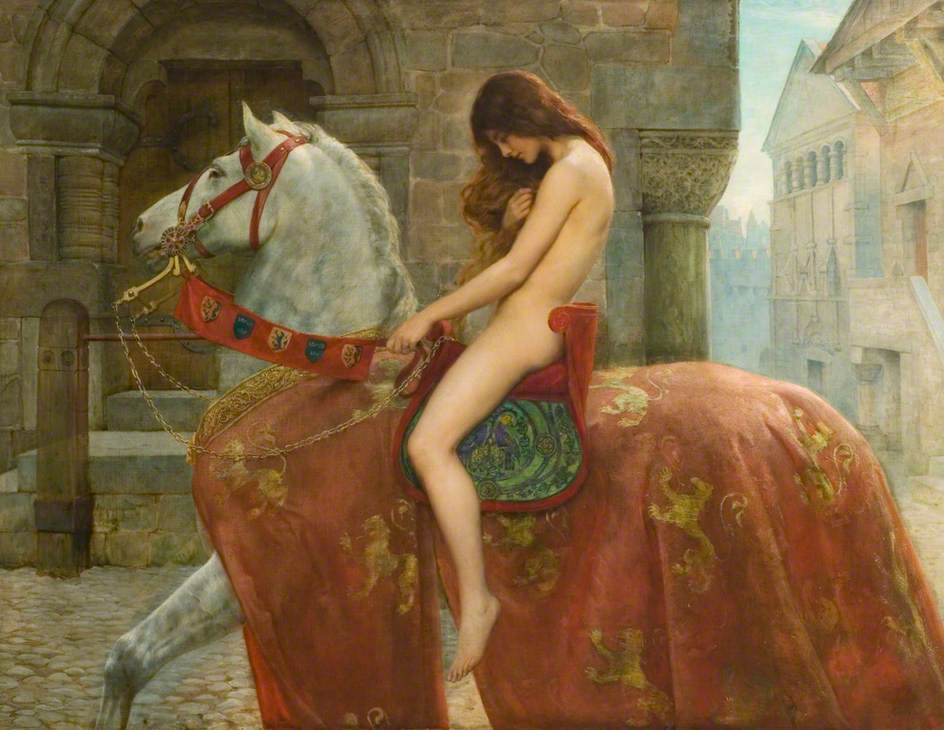The concept of the female body being the ideal subject for nude art only became popular around the 16th century when the Renaissance was in full bloom. Art before this time mainly focussed on the male figure that could portray the perfection of gods, such as the young and beautiful Apollo or Jesus Christ on the cross. In ancient Greece, the naked male figure was associated with triumph and victory (possibly related to the Olympic games being played in nude). Thus, statues focussed on nude male figures, with female figures tending to be clothed.
The point in history when this perception of nudity changed was when an Italian artist called Giorgione painted the Sleeping Venus in 1510. This painting portrays a nude Venus (or Aphrodite) lying peacefully on white and red cloths upon the backdrop of Venetia. This new type of nude art where the naked female form was displayed – with the figure posed with grace and shyness – sparked a revolution, changing the concept that the female body evoked an “uncomfortable feeling” in the audience. Many art historians consider this painting one of the starting points of modern art.


